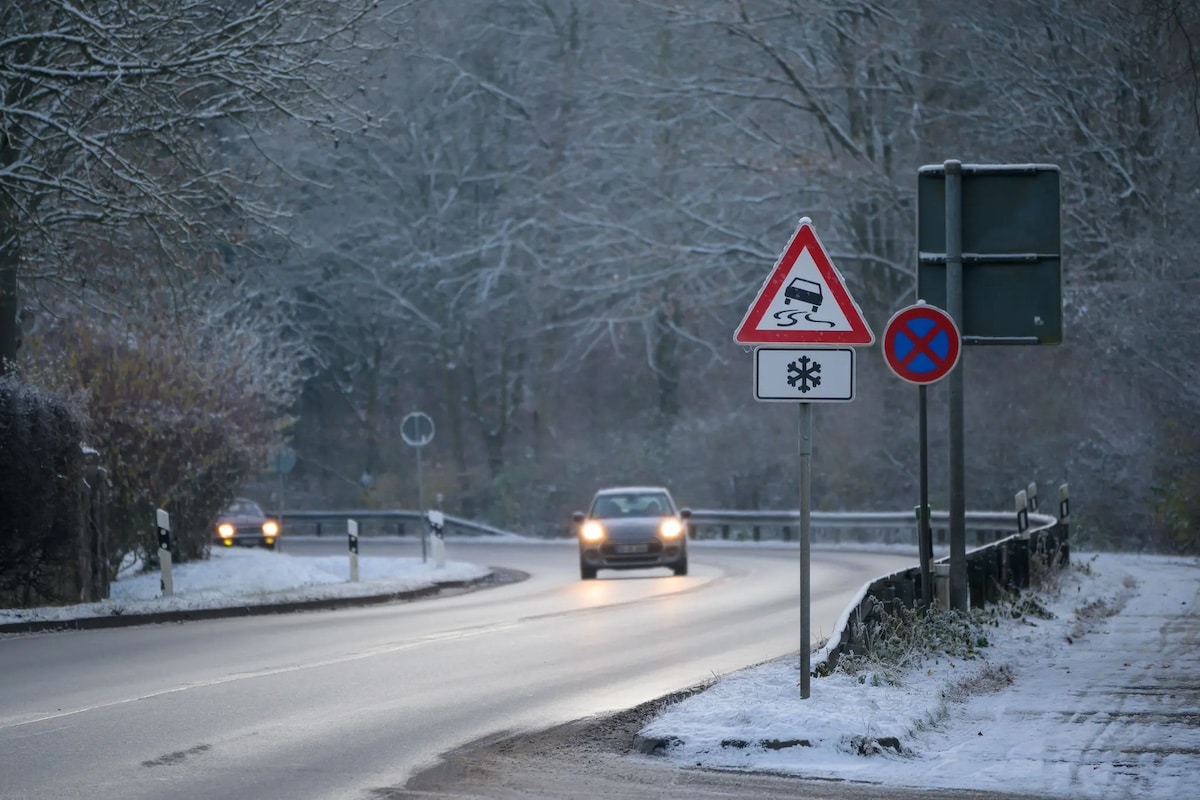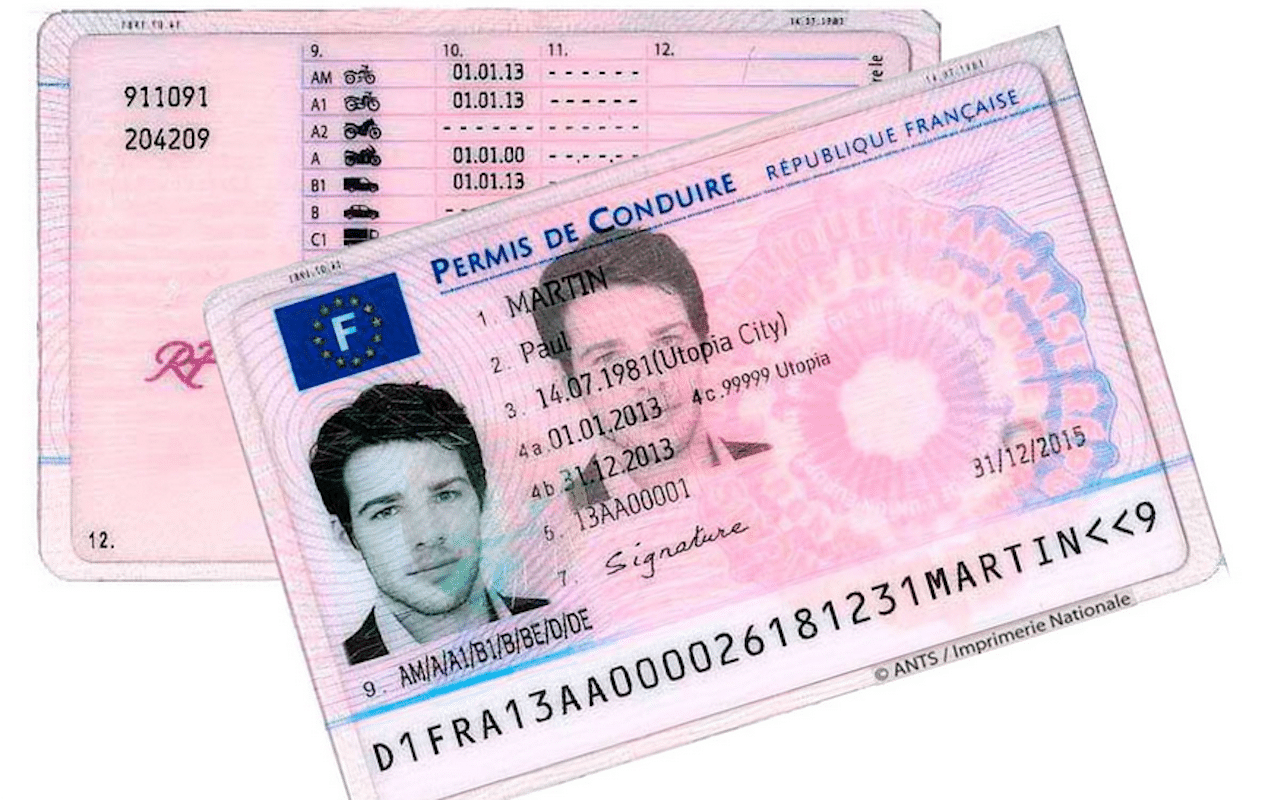Wasting the roads before the snow arrives is pointless!

First snow of the year and initial controversies about the right time to salt the roads.
Before talking about salting, a quick physics lesson is necessary. 0 degrees Celsius is the equilibrium point between liquid water and ice. Slightly colder, water turns into ice. Slightly warmer, ice turns back into water. By adding salt to water, we modify this equilibrium point down to -10 degrees Celsius, preventing the water from freezing, or in the case that interests us, melting the ice despite negative temperatures, and especially preventing it from sticking together and creating a slippery layer on the road surface.
Road salting is therefore the most commonly used solution to allow vehicles to circulate smoothly. It is not pure salt, but brine, a mixture of sodium chloride, calcium, and magnesium, often with a little sand added to improve tire grip. The snow arriving from the North on Thursday, November 21, and covering Île-de-France now, had been forecast several days earlier, so we can assume that public services had plenty of time to spread a generous layer of salt on the asphalt. And thankfully, they didn’t, because that would have been pointless!
Salting at the right time
For this technique to be effective, it is crucial not to salt too early before the cold and snow arrive. Salt would anyway be washed away from the roads by passing vehicles. It is best to begin salting right after the freezing point, when temperatures drop and snowfall begins. In short, salting should start when it begins to snow. This prevents a layer of snow from sticking to the ground. Second, the effect of salt is temporary and requires regular reapplication, as melting ice reduces the salt content.
Finally, it must be remembered that nature is more powerful than humans and all their technologies. Using snow tires in winter is mandatory in some regions but not everywhere, unlike many Northern countries that naturally experience less traffic issues despite having much more snow. The best way to avoid the snow-covered roads, however, is still not to drive when it snows. Snow and ice: how to drive safely?
READ ALSO: Where are winter tires mandatory in Europe?
This page is translated from the original post "Saler les routes avant l’arrivée de la neige ne sert à rien !" in French.
We also suggestthese articles:
Also read






